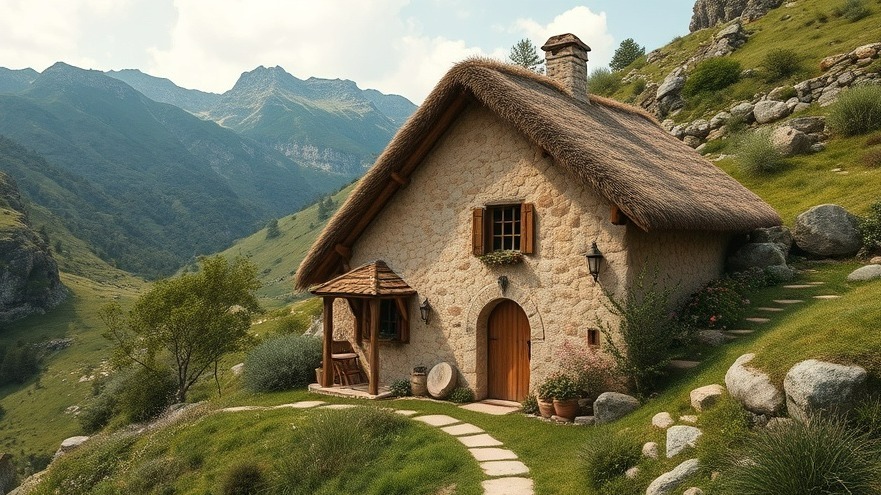
Discovering Cob: An Ancient Technique for Modern Spaces
For digital nomads seeking unique solutions to create comfortable and efficient remote workspaces, building with cob offers a sustainable, aesthetically pleasing, and naturally insulated option. Cob, a mixture of clay, sand, straw, and water, has been used for centuries, showcasing its durability and adaptability in a variety of climates.
Environmental Benefits of Cob Construction
As we look toward greener living solutions, cob stands out due to its minimal environmental footprint. Unlike conventional building materials, cob is made from natural, renewable resources, which significantly reduces carbon emissions associated with manufacturing processes. This eco-friendly approach not only contributes to sustainability but also aligns with the values of many digital nomads who prioritize environmental consciousness.
Creating an Efficient Remote Workspace with Cob
Setting up a workspace is crucial for productivity, especially for those who work remotely. Cob’s excellent thermal mass keeps indoor temperatures stable, making it comfortable year-round. Its ability to regulate humidity also contributes to a healthier environment, reducing distractions caused by discomfort. Furthermore, the unique aesthetics of cob can inspire creativity, enhancing both work and well-being.
Engineering Ergonomics into Your Cob Workspace
According to ergonomics specialists, a well-designed workspace should accommodate the user's needs for comfort and efficiency. Cob construction allows for flexible layouts, and its natural curves can offer cozy spaces that reduce the formality of traditional office designs. Adding ergonomic furniture, such as adjustable desks and supportive chairs, completes the picture of a workspace that maximizes productivity and minimizes physical strain.
Practical Tips for Building with Cob
When considering cob for your workspace, start by sourcing local materials whenever possible. This not only minimizes transport emissions but also connects you to your environment. Establishing a built-in workspace within a cob structure, such as incorporating a desk into the wall design, can streamline the workflow and enhance the ergonomics of your setup.
Cost Considerations and DIY Potential
Building with cob can be more affordable than conventional building materials, especially if undertaken as a DIY project. However, it's important to consider the time commitment needed for cob construction. Engaging in a DIY approach not only saves costs but also allows for customization, ensuring that your workspace meets your individual needs.
Navigating Challenges of Cob Construction
While there are numerous benefits to using cob, potential drawbacks must be acknowledged. Cob can be labor-intensive, necessitating significant physical effort and time for building. Additionally, areas with high rainfall or extreme conditions may require integrated drainage solutions to protect the structure. Understanding these challenges ensures that digital nomads are well-prepared and informed.
The Future of Workspace Design
Cob construction exemplifies the potential for sustainable living alternatives that cater to modern work needs. As digital nomads, your ability to adapt your workspace enhances not only your productivity but also your overall quality of life. Embracing the cob revolution could inspire others in this nomadic lifestyle to create their own functional, beautiful workspaces.
Explore the world of cob construction to discover how it can elevate your remote work experience, merging nature with modern design
 Add Row
Add Row  Add
Add 




Write A Comment